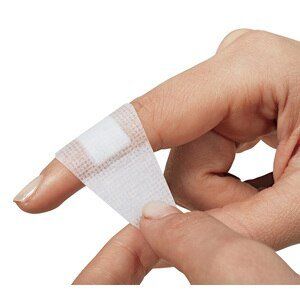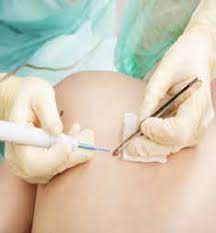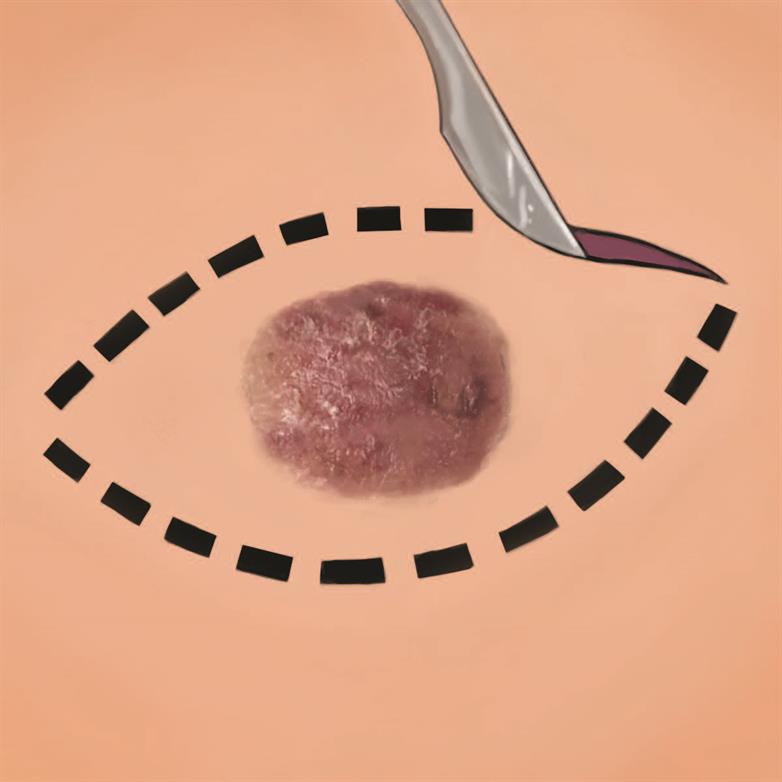Surgical Dermatology
Skin Surgery Medical Group, Inc. offers a wide range of skin care solutions from simple to surgical in San Diego, California. Our dedicated team of doctors and assistants is with you every step of the way for each of your skin treatments, or to help you through your surgical dermatology procedures. Count on us to ensure you get the best care every step of the way.
Surgical Dermatology
Skin Surgery Medical Group, Inc. offers a wide range of skin care solutions from simple to surgical in San Diego, California. Our dedicated team of doctors and assistants is with you every step of the way for each of your skin treatments, or to help you through your surgical dermatology procedures. Count on us to ensure you get the best care every step of the way.
Surgical Dermatology
Skin Surgery Medical Group, Inc. offers a wide range of skin care solutions from simple to surgical in San Diego, California. Our dedicated team of doctors and assistants is with you every step of the way for each of your skin treatments, or to help you through your surgical dermatology procedures. Count on us to ensure you get the best care every step of the way.
Biopsy
Common Procedure
A biopsy is a minor out patient procedure performed by your dermatologist for diagnostic purposes. . When biopsy is preformed the skin is cleansed with alcohol and then numbed with a local anaesthetic. Your provider will then take a small sample of skin to send to the lab for further testing. Some biopsies can be prepped in-house, though there are some results that are sent to independent laboratories. These third-party labs may apply charges directly to you. However, in most cases our skilled doctors read and review biopsied specimens of skin tissue under a microscope to determine the best course of treatment in-house. It is our goal that every patient receive their biopsy results within 14 days.
Biopsy
A biopsy is a minor out patient procedure performed by your dermatologist for diagnostic purposes. . When biopsy is preformed the skin is cleansed with alcohol and then numbed with a local anaesthetic. Your provider will then take a small sample of skin to send to the lab for further testing. Some biopsies can be prepped in-house, though there are some results that are sent to independent laboratories. These third-party labs may apply charges directly to you. However, in most cases our skilled doctors read and review biopsied specimens of skin tissue under a microscope to determine the best course of treatment in-house. It is our goal that every patient receive their biopsy results within 14 days.
Biopsy
A biopsy is a minor out patient procedure performed by your dermatologist for diagnostic purposes. . When biopsy is preformed the skin is cleansed with alcohol and then numbed with a local anaesthetic. Your provider will then take a small sample of skin to send to the lab for further testing. Some biopsies can be prepped in-house, though there are some results that are sent to independent laboratories. These third-party labs may apply charges directly to you. However, in most cases our skilled doctors read and review biopsied specimens of skin tissue under a microscope to determine the best course of treatment in-house. It is our goal that every patient receive their biopsy results within 14 days.
An Electrodecication and Curettage (ED&C for short), is a surgical procedure that can be used to treat small skin basal cell and squamous cell skin cancers that are on the top layers of the skin. The procedure involves scraping the tumor with a curette (a small surgical instrument that looks like a long spoon) and then using an electric tip to lightly cauterize (burn) the remaining cancerous cells.. This scraping and burning process is typically repeated 3 times. Once the procedure is complete, ointment and a bandage are applied to the site, there is not need for suture. The surgical site will typically heal within 2-3 weeks. Most patients are left with a light coloured circular scar.
An Electrodecication and Curettage (ED&C for short), is a surgical procedure that can be used to treat small skin basal cell and squamous cell skin cancers that are on the top layers of the skin. The procedure involves scraping the tumor with a curette (a small surgical instrument that looks like a long spoon) and then using an electric tip to lightly cauterize (burn) the remaining cancerous cells.. This scraping and burning process is typically repeated 3 times. Once the procedure is complete, ointment and a bandage are applied to the site, there is not need for suture. The surgical site will typically heal within 2-3 weeks. Most patients are left with a light coloured circular scar.
An Electrodecication and Curettage (ED&C for short), is a surgical procedure that can be used to treat small skin basal cell and squamous cell skin cancers that are on the top layers of the skin. The procedure involves scraping the tumor with a curette (a small surgical instrument that looks like a long spoon) and then using an electric tip to lightly cauterize (burn) the remaining cancerous cells.. This scraping and burning process is typically repeated 3 times. Once the procedure is complete, ointment and a bandage are applied to the site, there is not need for suture. The surgical site will typically heal within 2-3 weeks. Most patients are left with a light coloured circular scar.
Excision
Excisions are used to remove several different dermatologic lesions such as basal cell carcinoma, squamous cell carcinoma, melanoma, cysts and lipomas (benign fatty tutors). With this procedure, your dermatologist will use a local anaesthetic to numb the skin and then uses a scalpel to surgically remove the lesion and a margin of normal looking tissue. The size of the margin will depend on the type of lesions that is being treated. The general rule of thumb is the more severe the diagnosis, the larger the margin. This is to make sure the bad cells have all been removed. Sutures will be used to close the surgical site and a bandage will be applied to the area. The patient will then return to the office in 1-2 weeks to have their sutures removed. This will leave the patient with a. thin linear scar that will typically fade over time.
Excision
Excisions are used to remove several different dermatologic lesions such as basal cell carcinoma, squamous cell carcinoma, melanoma, cysts and lipomas (benign fatty tutors). With this procedure, your dermatologist will use a local anaesthetic to numb the skin and then uses a scalpel to surgically remove the lesion and a margin of normal looking tissue. The size of the margin will depend on the type of lesions that is being treated. The general rule of thumb is the more severe the diagnosis, the larger the margin. This is to make sure the bad cells have all been removed. Sutures will be used to close the surgical site and a bandage will be applied to the area. The patient will then return to the office in 1-2 weeks to have their sutures removed. This will leave the patient with a. thin linear scar that will typically fade over time.
Excision
Excisions are used to remove several different dermatologic lesions such as basal cell carcinoma, squamous cell carcinoma, melanoma, cysts and lipomas (benign fatty tutors). With this procedure, your dermatologist will use a local anaesthetic to numb the skin and then uses a scalpel to surgically remove the lesion and a margin of normal looking tissue. The size of the margin will depend on the type of lesions that is being treated. The general rule of thumb is the more severe the diagnosis, the larger the margin. This is to make sure the bad cells have all been removed. Sutures will be used to close the surgical site and a bandage will be applied to the area. The patient will then return to the office in 1-2 weeks to have their sutures removed. This will leave the patient with a. thin linear scar that will typically fade over time.
Mohs Micrographic Surgery
Mohs micrographic surgery is a skin sparing technique primary used to treat skin cancers on the face, scalp, neck, shoulders, hands, feet, genitals and shins. To begin, your doctor will remove the visible part of the skin cancer with some normal appearing skin. After removing the layer of skin, it is then sent to our high complexity lab where is it prepared so that it can examine by the doctor under a microscope. If cancerous cell are present, they will go back and remove another layer of skin. This layer-by-layer technique continues until no cancerous cells can be seen microscopically.
Browse Our Website
Contact Information
Phone: 858-292-5101
Fax: 858-292-1915
Address:
5222 Balboa Ave, Floors 5 & 6, San Diego, CA 92117
Business Hours
- Mon - Thu
- -
- Fri - Sun
- Closed








